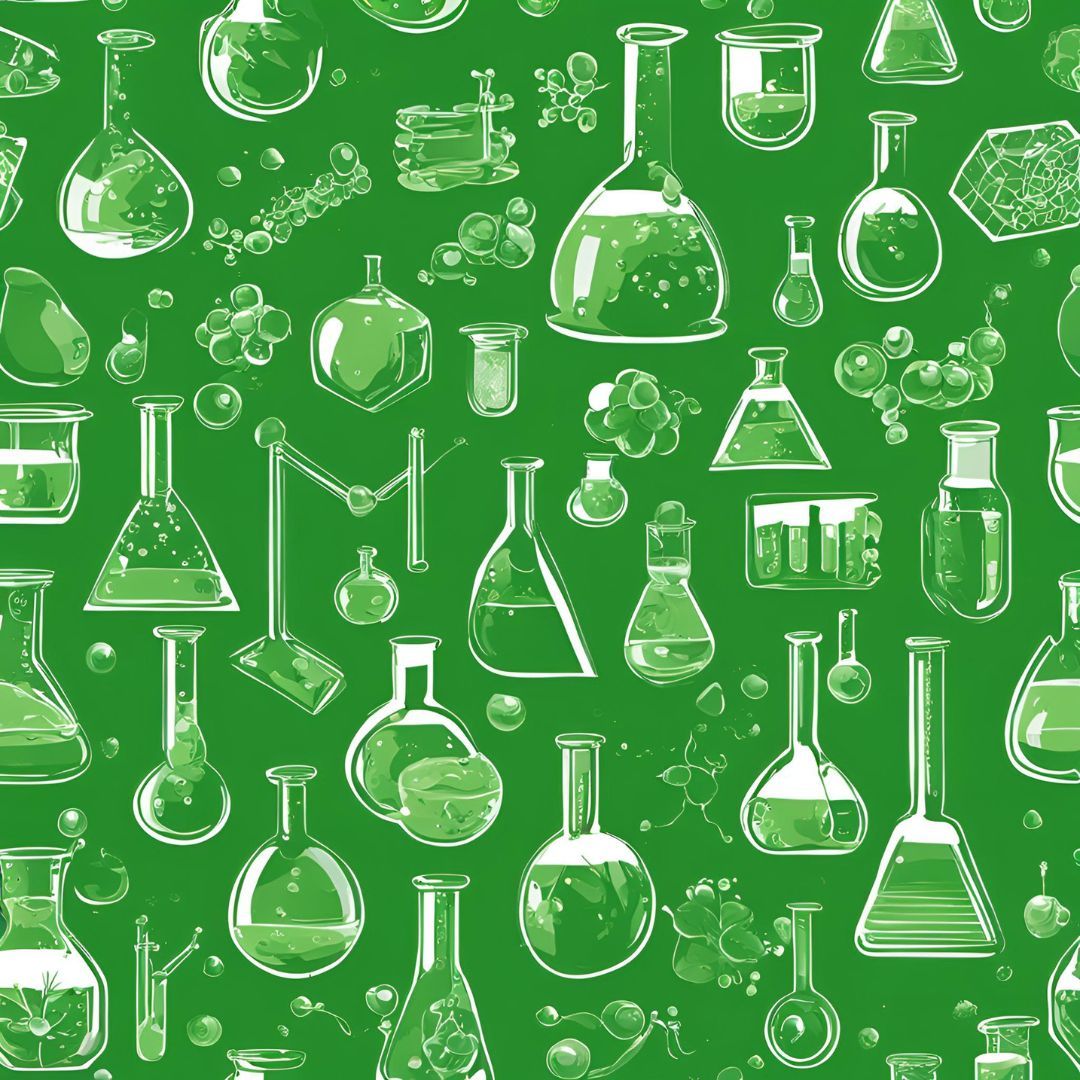
Green Chemistry and Sustainable Logistics: A Duo for the Future
In recent decades, the need to reduce the environmental impact of human activities has become a global priority. Chemistry, often associated with industrial processes and polluting products, is undergoing a radical transformation thanks to the emergence of green chemistry, an innovative approach aimed at making chemical production more sustainable and environmentally friendly.
What Is Green Chemistry?
Green chemistry is defined as the design of chemical products and processes that reduce or eliminate the use and generation of hazardous substances. This approach is not limited to waste management but focuses on preventing pollution at the design stage. Its foundations were formalized in 1998 by chemists Paul Anastas and John Warner, who developed the 12 Principles of Green Chemistry.
These principles provide guidelines for:
- Minimizing waste.
- Using renewable raw materials.
- Developing energy-efficient chemical reactions.
- Replacing toxic substances with safer alternatives.
Why is it Important?
The traditional chemical industry is responsible for a significant portion of the global environmental impact, including greenhouse gas emissions, water pollution, and hazardous waste production. Green chemistry offers a long-term solution to address these challenges, promoting a balance between economic progress and environmental protection. For instance, traditional chemical synthesis processes often use toxic solvents and generate large amounts of waste. Through green chemistry, it is possible to develop reactions that occur in water or biodegradable solvents, significantly reducing the ecological footprint.
Sustainable Logistics: Bridging Production and Consumption
Sustainable logistics focuses on managing the flow of materials, information, and products in ways that minimize environmental impact. This includes optimizing transportation, reducing the use of fossil fuels, and promoting eco-friendly packaging. Green chemistry plays a crucial role in this context by providing innovative solutions for materials, fuels, and processes. For example, biodegradable plastics developed through green chemistry can be used for eco-friendly packaging, reducing waste across the logistics chain. Additionally, the use of biofuels or cleaner synthetic fuels derived from renewable sources helps make transportation more sustainable.
Applications of Green Chemistry in Logistics
The synergies between green chemistry and sustainable logistics are already evident in many sectors:
Innovative Packaging:
Materials derived from biodegradable or recycled polymers are replacing traditional packaging. These materials not only reduce pollution but are also designed to be lighter, lowering fuel consumption during transportation.
Alternative Fuels:
Biofuels and e-fuels produced through green chemistry processes are revolutionizing the logistics sector, offering sustainable alternatives to fossil fuels.
Circular Supply Chains:
Green chemistry facilitates advanced recycling processes, enabling materials to be reused in supply chains, thereby reducing reliance on virgin resources.
Emission Reduction:
Green catalysts, developed to lower vehicle emissions, are a key component in decarbonizing logistics.
The integration of green chemistry into sustainable logistics provides a model for a more responsible and innovative future. Envisioning a supply chain where every product, package, or fuel is designed to minimize environmental impact is an increasingly achievable reality. By adopting these practices, we can create an economic system that not only reduces waste and emissions but also promotes smarter and more circular use of resources. The path ahead is challenging, but the benefits for the planet and future generations make every effort an essential choice.




